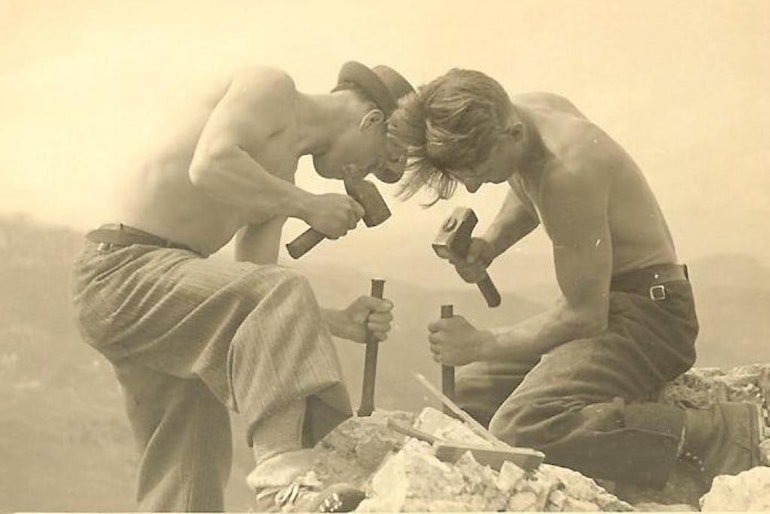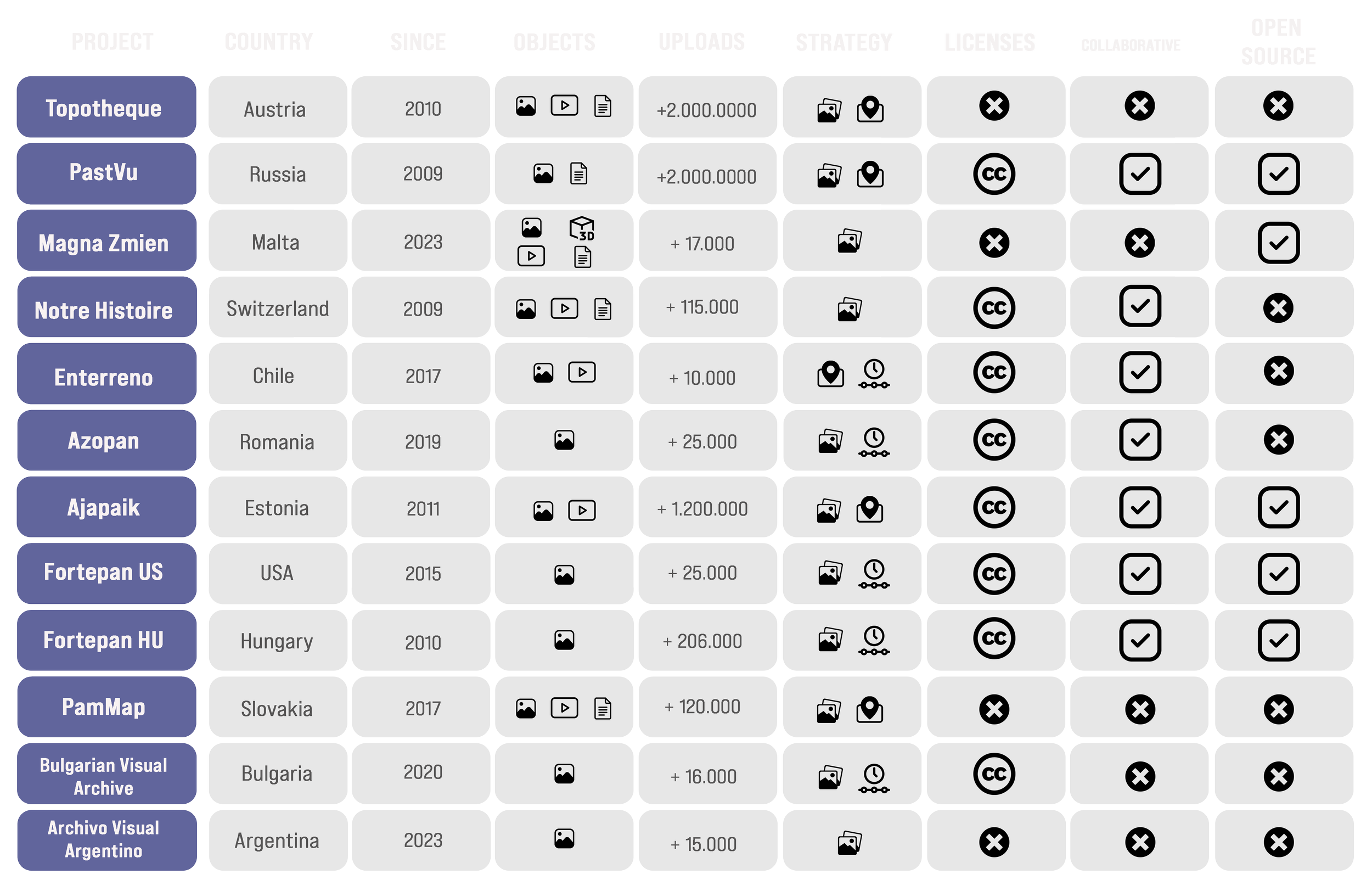
OPEN Portal ARCHIVE NETWORK
OUR
STORY
The Open Portal Archive Network (OPAN) is an international network of public photo history portals developed to preserve, display, and share local and vernacular history.
Based in Switzerland and promoting access to audiovisual heritage preservation, OPAN currently represents individual portals from the Americas and Europe, and is seeking to add more members.
OUR
MEMBERS
Opan
on a glimpse
Our
Mission
Preserve
OPAN members digitally preserve thousands of vernacular historical photographs, audiovisual materials, and other pieces of private history.
Organize
We organize digitized artifacts by place, time, and theme. This is the way users wants to experience cultural heritage.
SHARE
Our goal is to celebrate local history and the stories of everyday life; to ignite public memory through local photos (as well as sound and video recordings, maps, and other documents), and promote sharing on many levels.
Most of us are involved in the Creative Commons movement.
COLLABORATE
We aim to work together to make our individual projects more sustainable. By establishing OPAN in Geneva, Switzerland, we can better expand our network, find paths for funding, co-create shareable open-source code, and support each other.
We don't see the point of locking public memory away.
Visit our Become a Member page if you want to join us.
All OPAN members launched significant online projects between 2010 and 2023 to preserve, organize, display, and celebrate everyday photography, and enhance the collective cultural heritage of our countries.
We independently organized these portals according to place, time, and theme, because it made sense to us, and to users. We built rich interfaces with innovative code: sophisticated mapping, timeline, exhibit, geolocation tools and public forums. Emerging outside of GLAM institutions and typical archival channels, we considered user experience and encouraged enjoyable exploration.
We have made thousands of incredible pieces of private history publicly available through easy-to-navigate interfaces. We were clearly filling a clear public need in our communities that wasn’t being met by established institutions in our countries.
And then we found each other. Now our goal is to unite our initiatives and help each other.
















